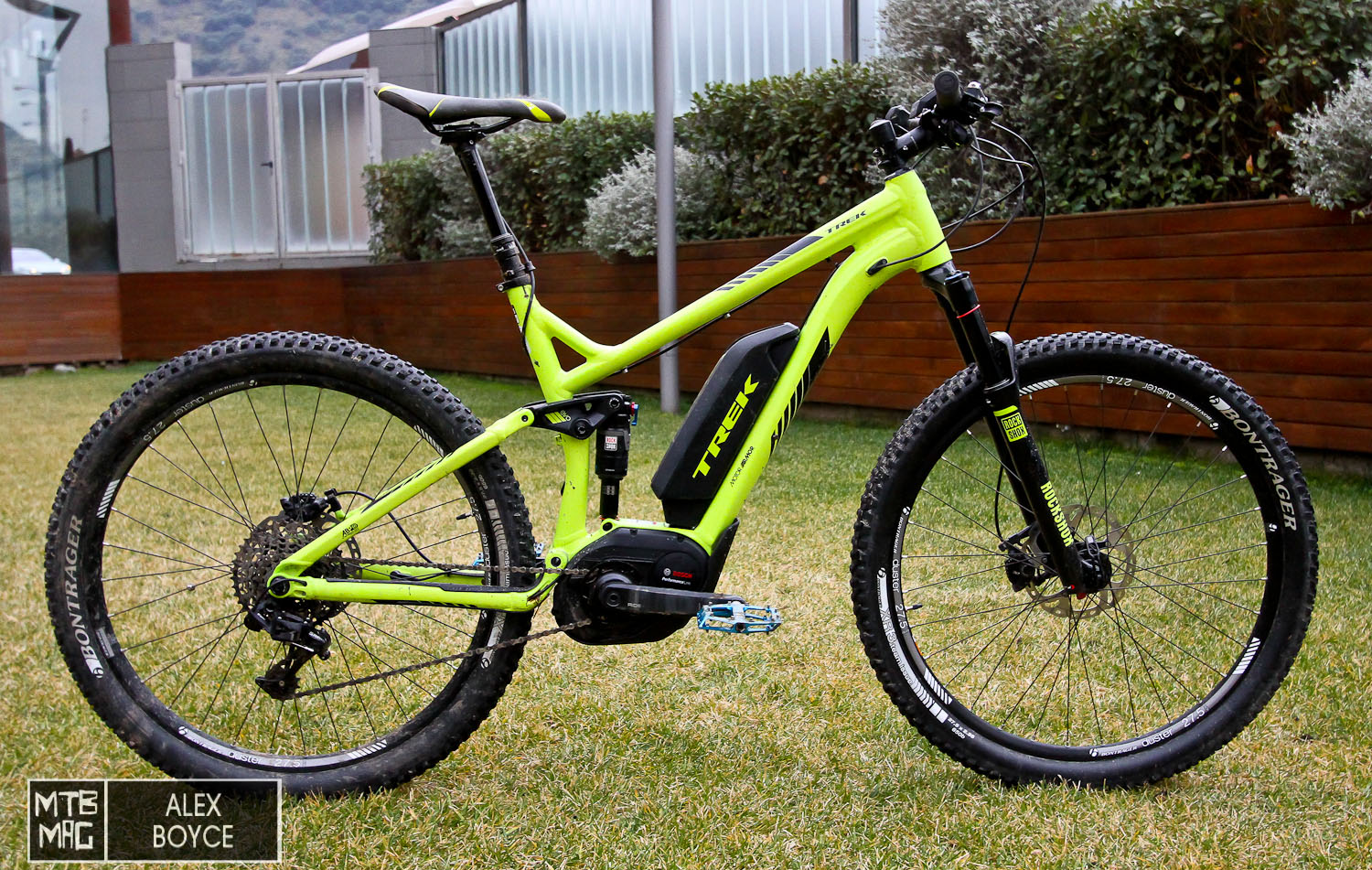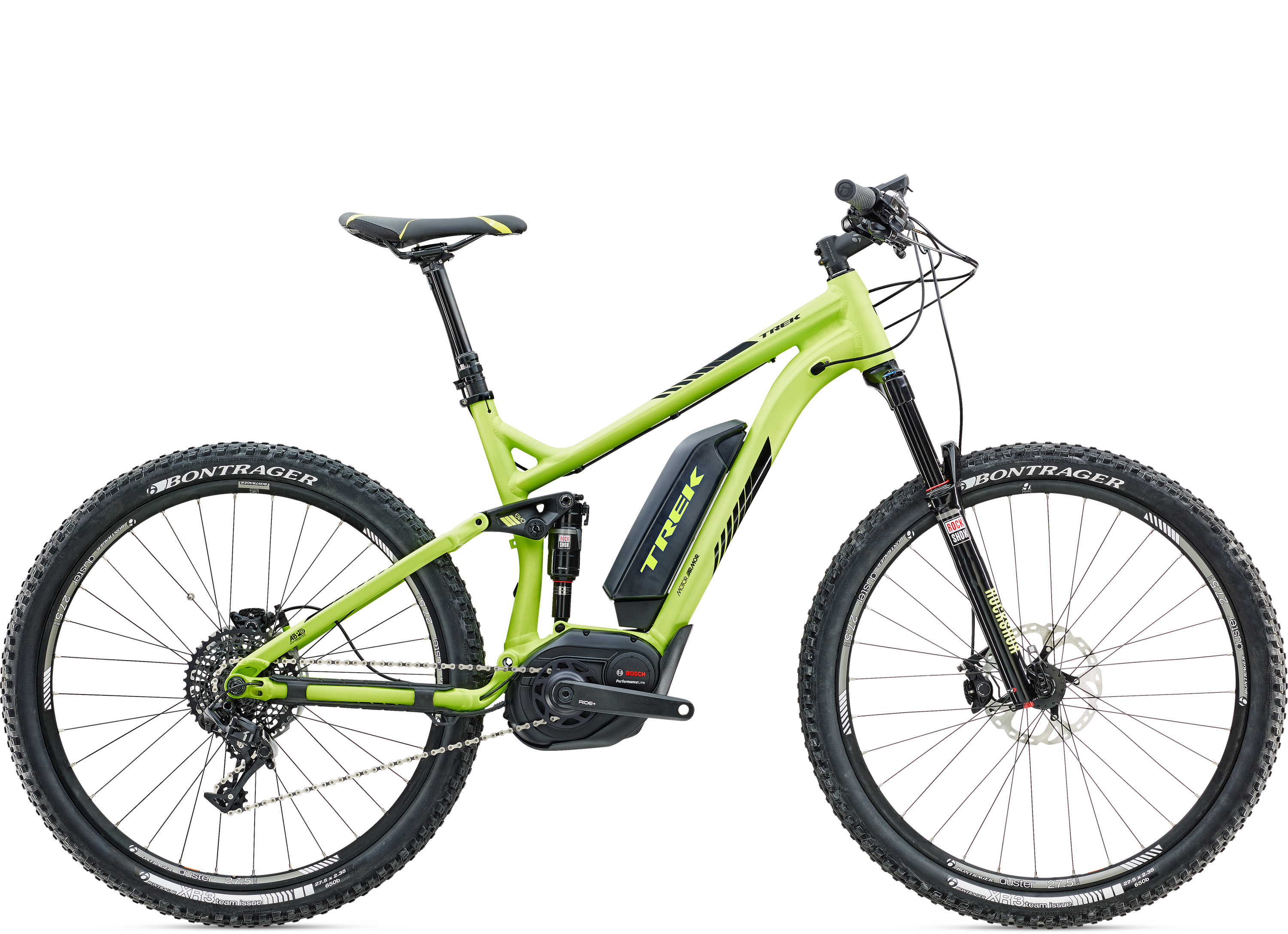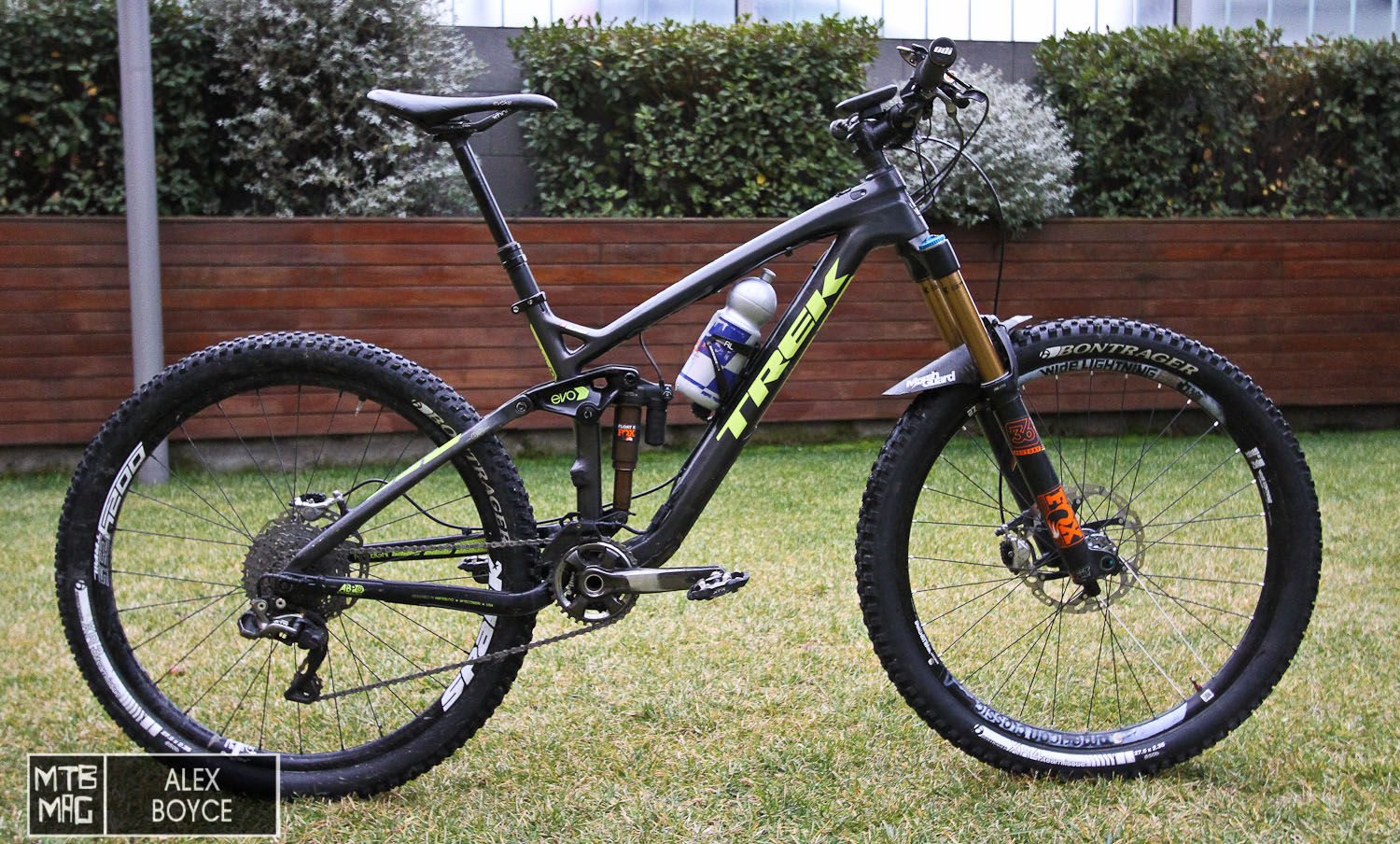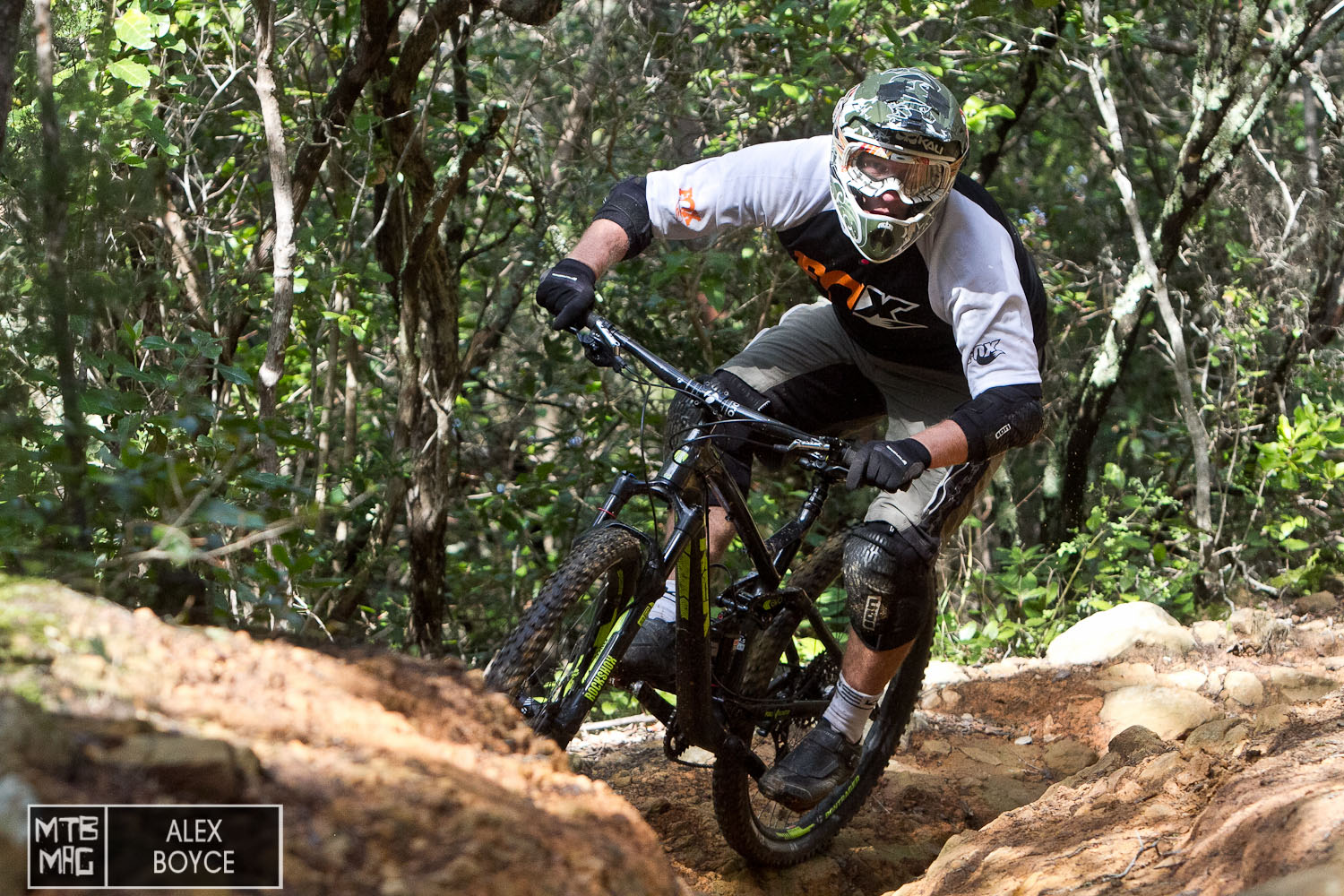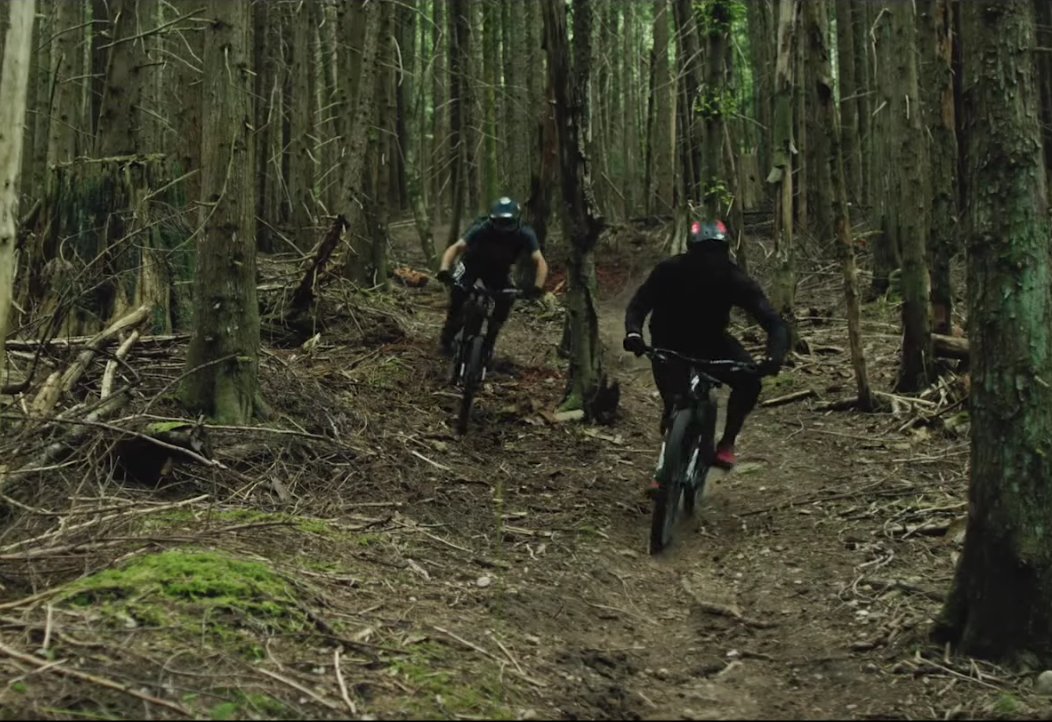[ad3]
These days there are subdivisions upon subdivisions in how we categorize mountain bikes. Every so often certain manufacturers conjure up a new machine that blurs the lines or leaves us editors scratching our heads and struggling to categorize a bike. That is generally a good thing despite the fact that it never leads to any sort of reduction in hair splitting in this ridiculous industry. We’ve been spending a great deal of time aboard a particular bike that not only features a new set of standards, but it has also has managed to bridge the gap between an XC bike that could be raced and an all day, do-it-all trail bike; the Trek Fuel EX 9.9. It is one of those aforementioned bikes that has us rethinking more than categories and industry terms, but rather daily riding itself.
First Impressions
When we first built this bike the first thing we noticed was just how ridiculously easy it was to assemble. As far as we can remember, all it required was a 4mm allen key. All in all, you just have to bolt the bar on, throw the front wheel in the fork, check some bolts and go ride. It was the easiest bike build we’ve ever had. Period. After that, we took it out and weighed it – just a snippet under 24 pounds without pedals. With the Shimano XT pedals which weigh in at 408 grams, our Fuel EX built up at 24.7 lbs. That’s freaky light, but considering this is a modern flagship bike that sets you back $8,399.99 this should come as no surprise.
Geometry
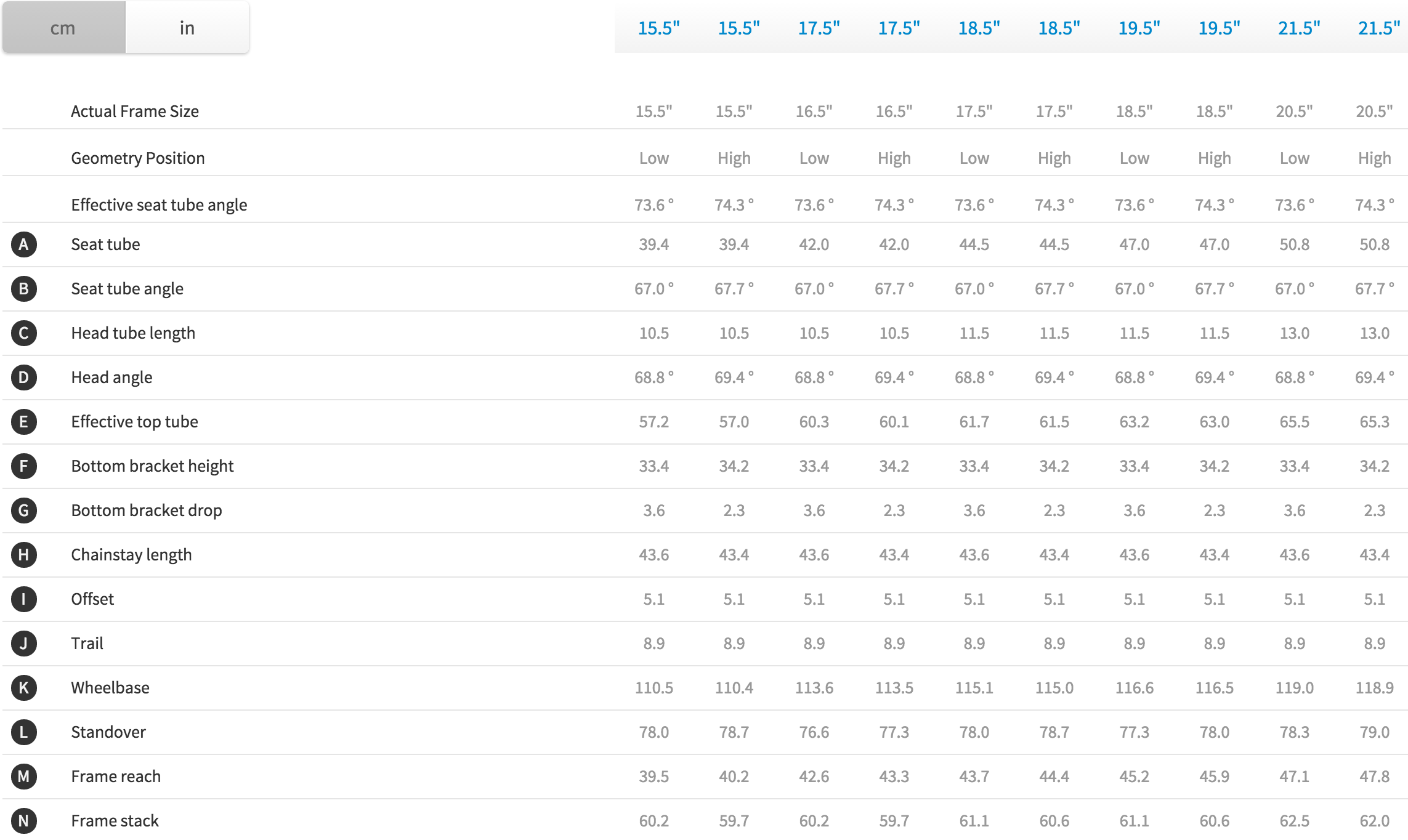
At first glance everything is pretty standard here, nothing stands out on paper as being too conservative or aggressive. 120mm of travel front and rear are nice and balanced, and the flip chip is a nice touch for quickly switching from low bottom bracket/slack head angle to high/steep. With a recent onslaught of short travel 29″ bikes sporting aggressive numbers perhaps we’re desensitized and don’t think 68.8º is all that slack. However, that keeps the bike steering quickly in the tight sections and the 51mm offset in the fork will provide some extra confidence in the steep bits and loose turns.
Overview
Boost

Nearly a year ago now, the MTB internet doomsayers were freaking out about the introduction of the new Boost standard – a wider hub spacing front and rear that has partially come to fruition do to a push for more clearance and shorter stays from the 27.5″ Plus market as well as a demand for stiffer, better handling 29″ wheels. Without getting drawn off track too much, Trek has managed to shorten the Fuel EX chainstays by 16mm while still allowing for a front derailleur by switching to Boost(which adds 6mm of rear hub width).
Suspension

Kashima coating and a 3 position adjustment out back are what we come to expect from FOX, but this year things are a bit different. Penske racing shocks, FOX and Trek all co-developed Re:Aktiv with a great deal of input coming from Trek’s suspension lab in So-Cal. In short Re:Aktiv is a very firm low speed compression circuit that improves pedaling all around, but has a blow off valve to open up under harsh, fast compressions. This valve is functional in full open, trail, and lock out shock modes. This year the shock rids itself of DRCV and picks up the new EVOL air can which increases negative air spring volume, thus increasing sensitivity in the early part of its stroke. Up front, a massive looking FOX 34 features 120mm of travel, Boost 110 spacing and a rather aggressive 51mm offset.
In terms of frame design and suspension kinematics, the Fuel EX features Trek’s tried and true ABP system. Short for Active Braking Pivot, the most rearward pivot is concentric to the rear axle. It’s still a snap to pull the wheel in and out of the bike, but this neutralizes the effects of braking on the suspension allowing for excellent traction even when you’re stabbing the brakes. Full floater is another feature that Trek has utilized for some years now – basically, the lower shock mount is attached to the forward most part of the chainstays and as the bike moves through the travel, in a sense the shock floats. This can reduce some stress to the mainframe where it would normally attach.
Frame details

As one would expect for a flagship bike from one of the best manufacturers out there, nothing has slipped through the cracks in terms of details on this bike. The very smart cable routing can be done internally or externally, the downtube and chainstay guards are well thought out and aesthetically, the Fuel EX is flat out amazing. Last but not least, the magnesium EVO link connects to a flip chip to change geometry settings in about 2-3 minutes.
Cockpit
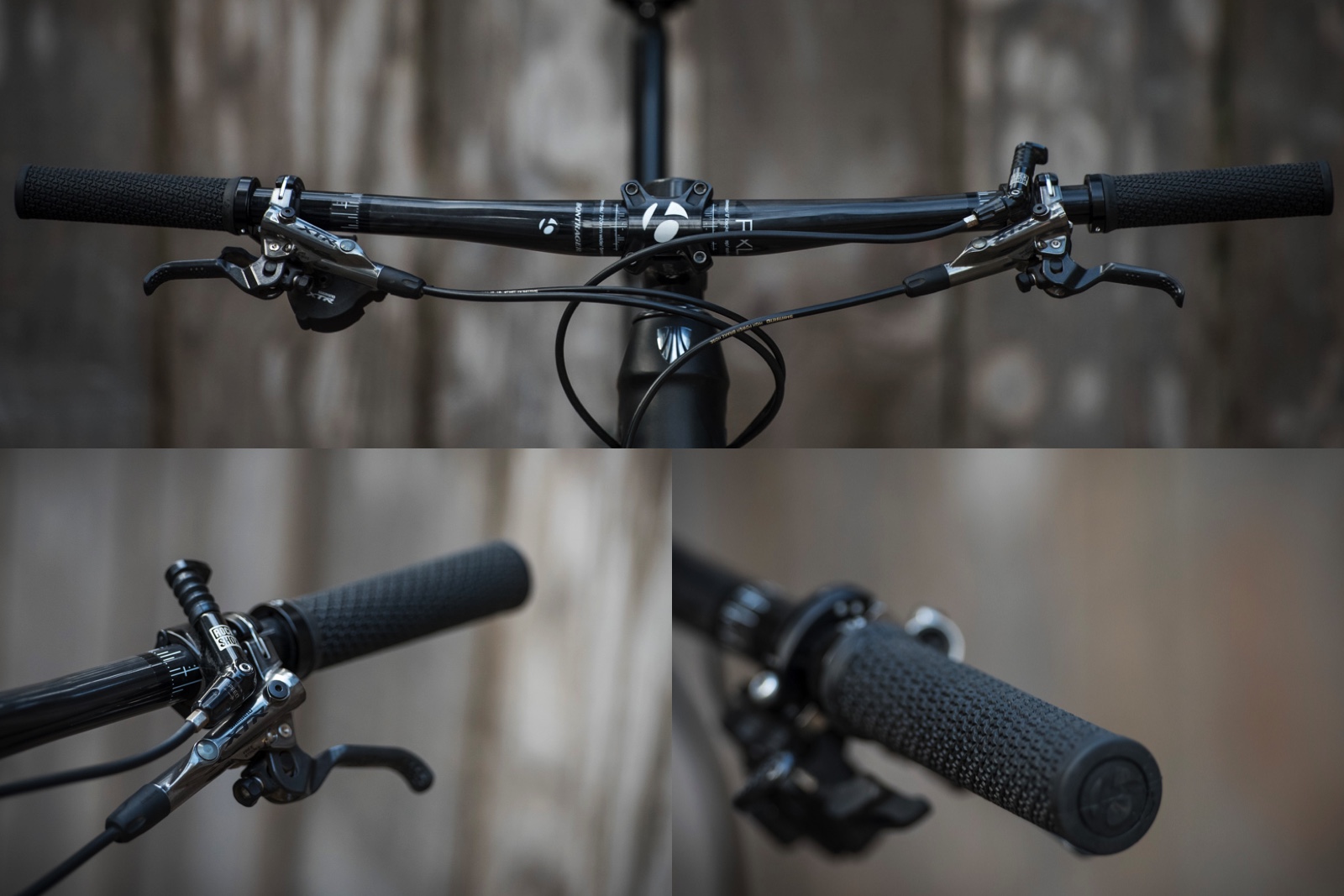
Our Fuel EX shipped with a 720mm Bontrager bar which is a bit narrow. It turns out that some of the earlier media samples accidentally shipped that way instead of with the much more appropriate 750mm version that the bike is spec’d with. Before Trek had relayed this to us, our tester was already quite happy with his go-to full width Renthal bar. The stock 70mm Bontrager stem felt just right and the grips weren’t bad but per usual, we quickly replaced them with our go to Sensus grips. No biggie. The XTR trail brakes had a really nice lever feel and the front end felt quite well balanced. Mixing SRAM with Shimano is never pleasant, so we weren’t thrilled with the fact that we couldn’t mount our RockShox Reverb lever under the left side of our bar, but in the grand scheme of things, it wasn’t a huge deal. The carbon railed Bontrager Evoke RXL saddle actually received the absolute highest praise from our tester.
Drivetrain
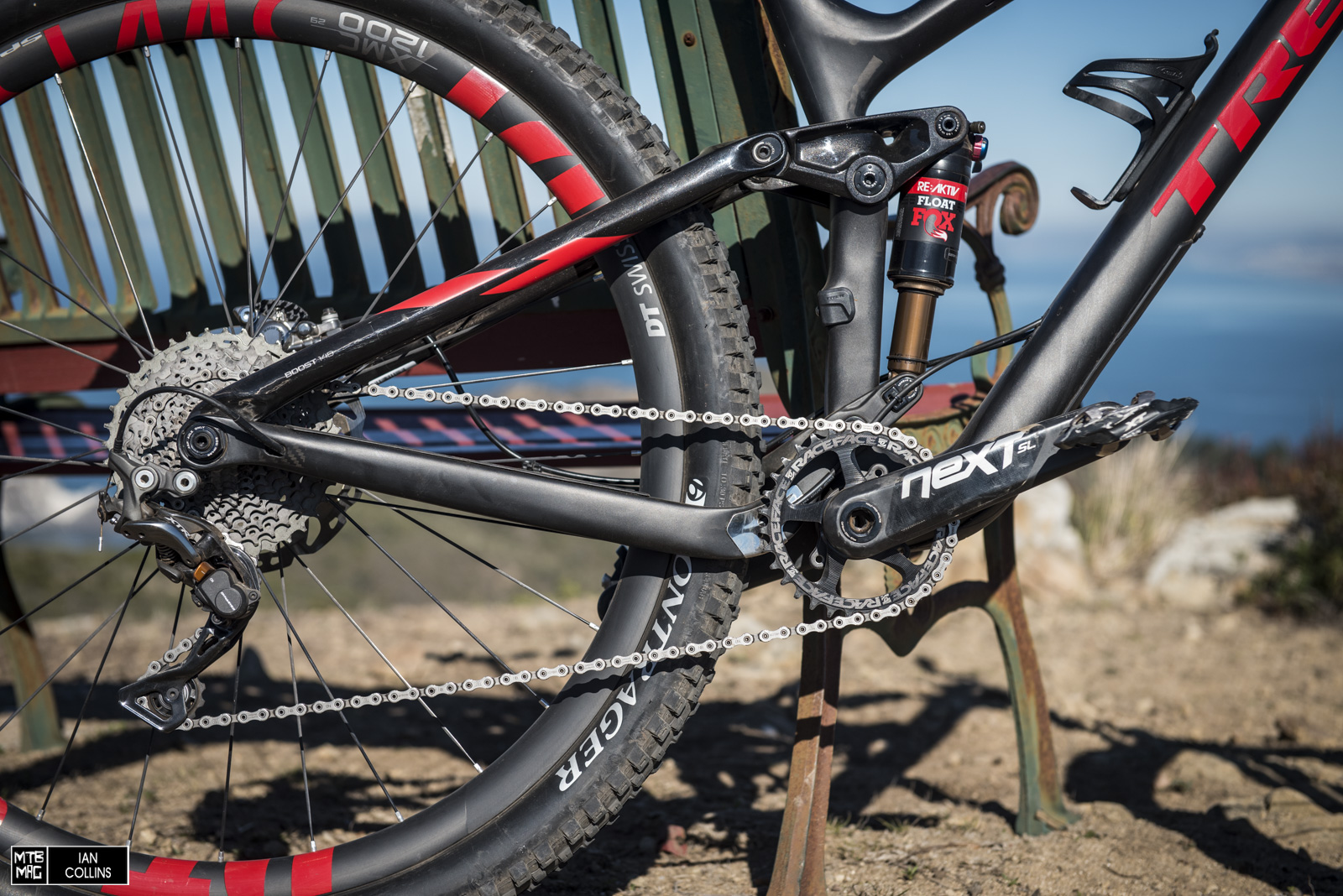
Aside from the Race Face Next SL cranks, the Fuel EX 9.9 had Shimano’s flagship XTR all around. Oddly enough, Trek chose to spec a 32 tooth ring on the crankset which is a bit of a handful. It would even be aggressive on a 29″ wheeled bike with a broader range SRAM cassette(10-42T vs. Shimano’s 11-40T) Although that made us stronger in the long run and it would only be a 10 minute job to swap to a more reasonable 30 tooth, we still think it was a bit presumptuous on Trek’s behalf to assume that most riders can push a tall gear like that around.
On The Trail
Climbing

Most good rides start with a climb so we’ll start there. Once you get your personal preferences dialed, get your cockpit feeling just right and throw a leg over the Fuel EX, the first thing you’ll likely notice is that you really feel “in it”. It feels very centered and hard to unsettle. It doesn’t take much climbing to realize this thing is unstoppable. We quickly found ourselves cleaning climbs that we hadn’t ever made in the past. With its super low weight and comfortable weight distribution, the long grinds were far less toilsome and we quickly began shed some minutes on our daily ascents. What really resonated however was the bike’s flat out capability. The traction was bountiful, however it wasn’t that incredible with the stock tires. We reached out to Bontrager after a few rides and swapped the stock XR3 tires for a pair of SE4 which suited us better albeit at about a 1 pound weight increase. More on that later…
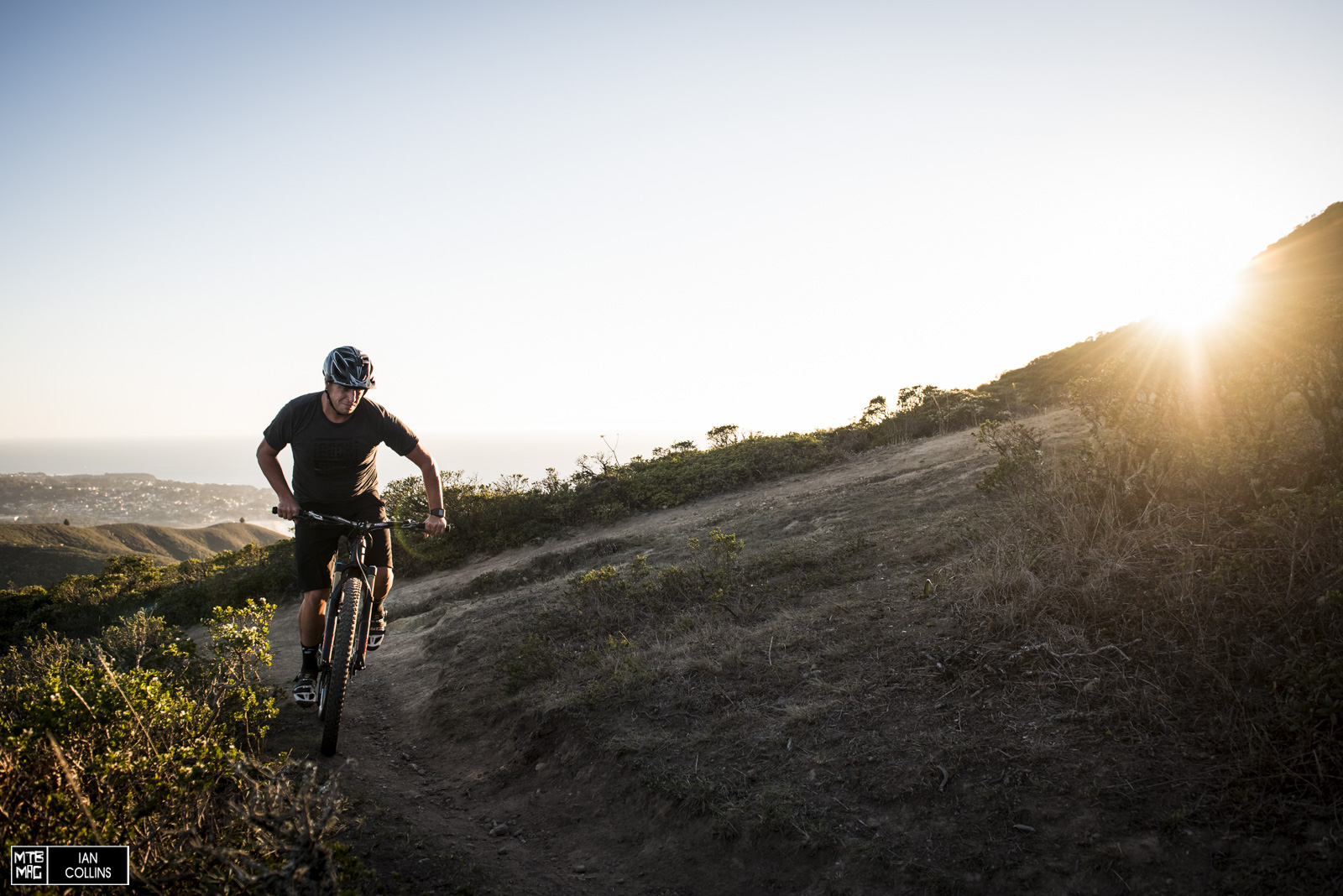
So what makes the Fuel EX 9.9 such a beast? It’s a clear combination of quite a few things – low weight and low rotating weight for that matter, perfectly balanced geometry, and a rear shock that behaves incredibly well on climbs. Most people lock their shocks out for the long grinds, but on the rough climbs a bit of suspension isn’t a bad thing as it provides some traction. Imagine a shock that sorted that out on its own…that’s the Re:Aktiv. It provides a firm platform to push against but opens up to provide gobs of traction when you want it to. Aside from our aforementioned minor grievance with the gearing spec, this bike blew our minds on the climbs.
Descending
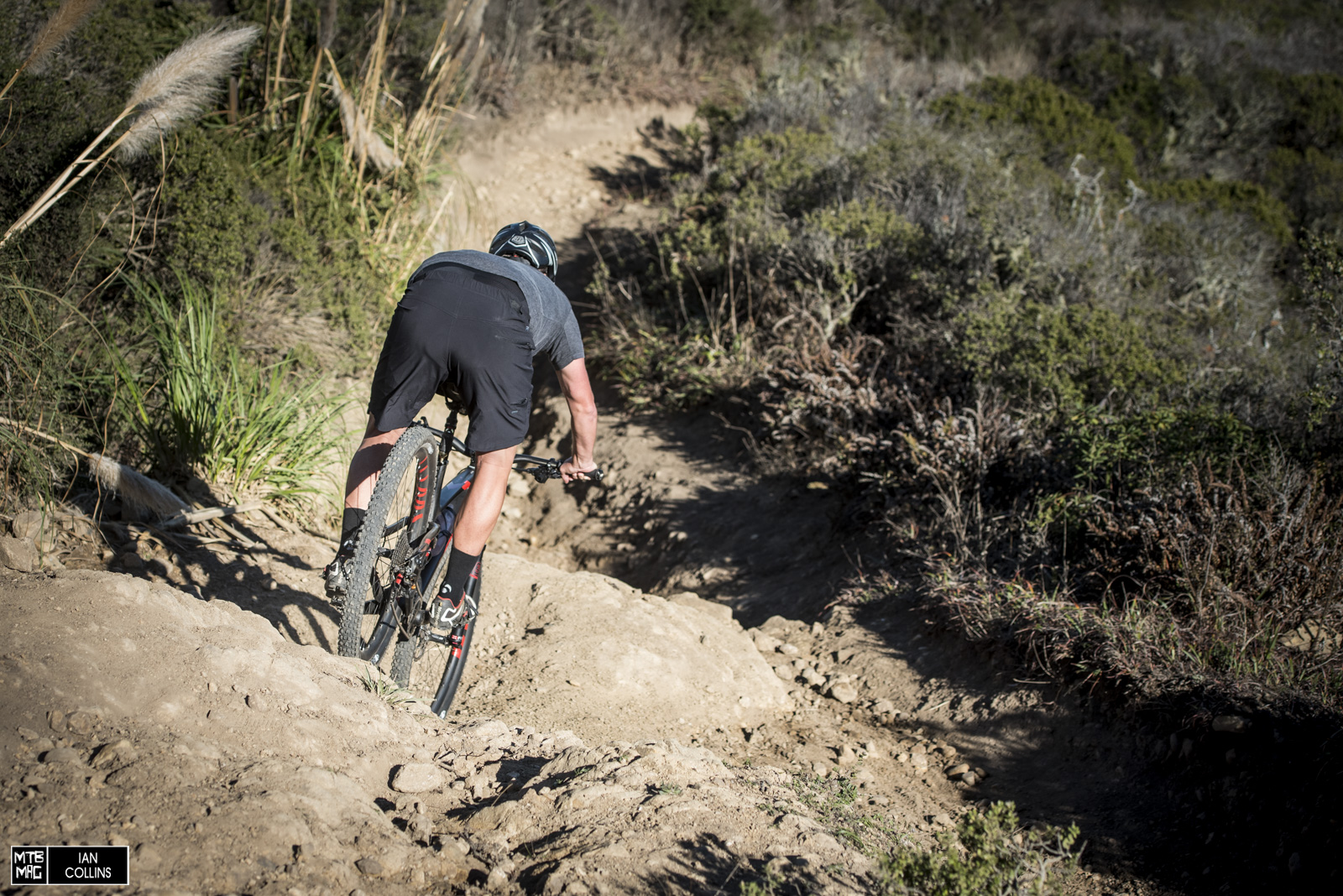
On the downhills we weren’t quite sure what to expect from this bike initially. Frankly, at a featherweight 24 pounds and with a whole bunch of carbon bits dangling from it, we assumed it might be a bit skittish. Boy were we wrong…
After a few minutes of descending we quickly realized the benefits of Boost. You can accuse us of drinking the Kool Aid, but we felt an immediate difference. Even under a 215 pound tester the Fuel EX 9.9 just didn’t flinch. Some of this makes sense right? Bigger 29″ wheels have longer spokes and in order for them to better support a wheel they need wider hubs for a broader stance. Look, the Boost movement can be deemed disruptive and could potentially cause a bit of a parts compatibility headache in the future for those who aren’t buying a complete bike, but we’re reviewing a complete bike so we’re going to discuss how it affects the bike, not consumers and the industry. The bottom line is that it’s was all out beneficial as it offered unprecedented stiffness and steering accuracy to the type of bike that would normally feel substantially less precise without it. It also helps the geometry a bit by allowing for shorter chainstays.
What else helped this bike’s handling? Well, we found the wheels to be stellar. Considering they’re DT Swiss’ first carbon wheelset in the trail bike category, they’ve hit the nail on the head. The width was perfect and they’ve held up to numerous rock strikes without showing any signs of fatigue. They’re also straight as an arrow and easier to true/tension that some other carbon wheels on the market. Speaking of wheels, as mentioned earlier we swapped the tires for a meatier set. After a couple of rides we felt ourselves yearning for a tire that provided more climbing traction and more confidence in rowdy terrain. The Fuel EX 9.9 was begging to be pushed harder and didn’t hold us back one bit so we put a set of burlier tires on that proved to better match its well rounded nature.
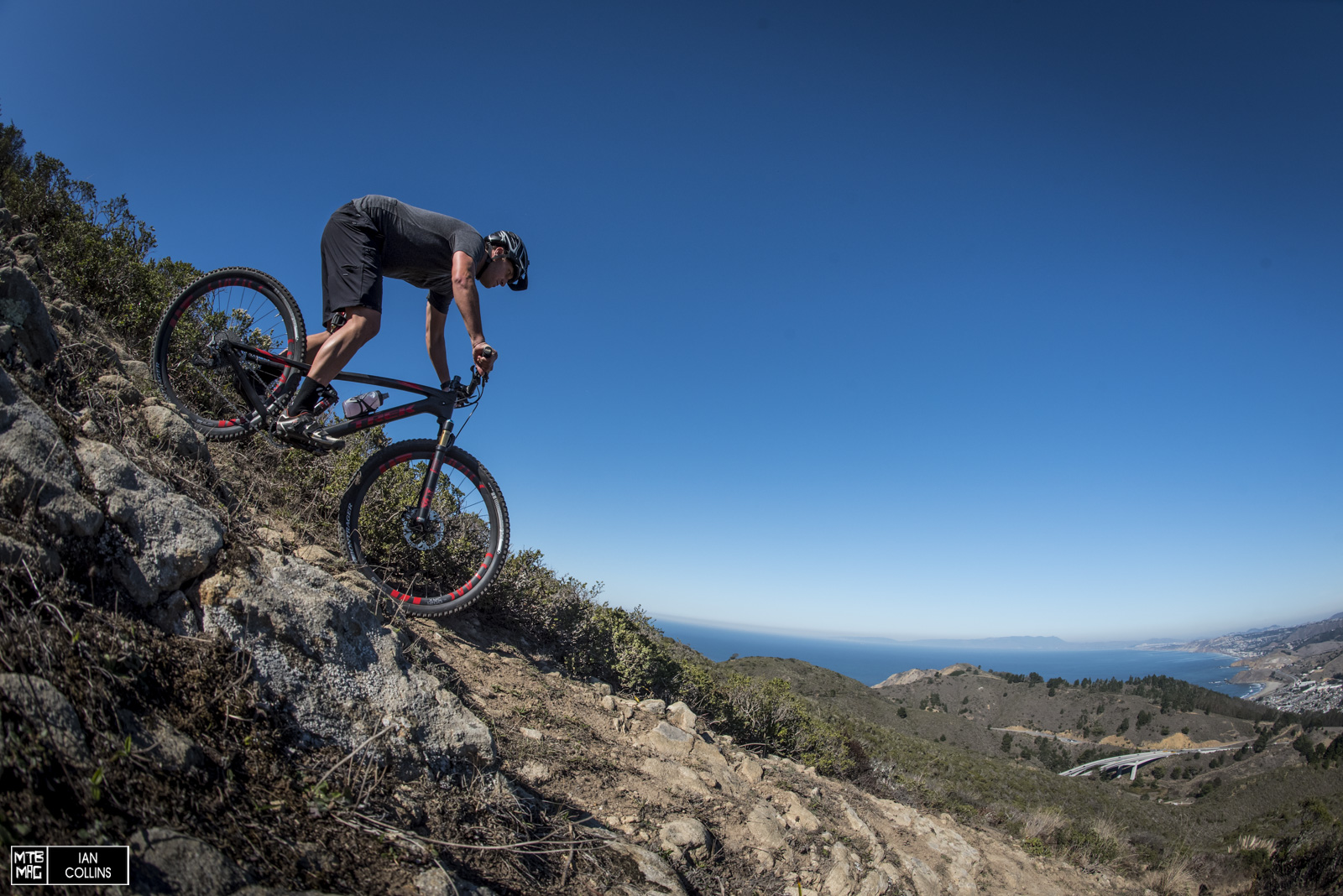
So how is it that such a short travel bike is so well mannered on descents? Basically, geometry and suspension…somewhat short stays and a low BB are a great start. At times our 6 foot tall tester was wishing for a longer top tube on our size large(19.5″) model. Again, this is because the bike was so confidence inspiring. He felt that with a 50mm or 60mm stem (as opposed to the stock 70mm) he would really be able open the bike up even more than previously thought. However, with a shorter stem it would have proven to be too short to still climb as well. With that in mind, a 70mm stem on a bike in this category isn’t long by any means, but as we see some manufacturers pushing toward more aggressive numbers, longer top tubes and shorter stems are showing up on short travel 29ers and the benefits are clearly there. We’d love to see Trek move in this direction, even if it’s a small push.
Cornering, Braking, Suspension & everything else
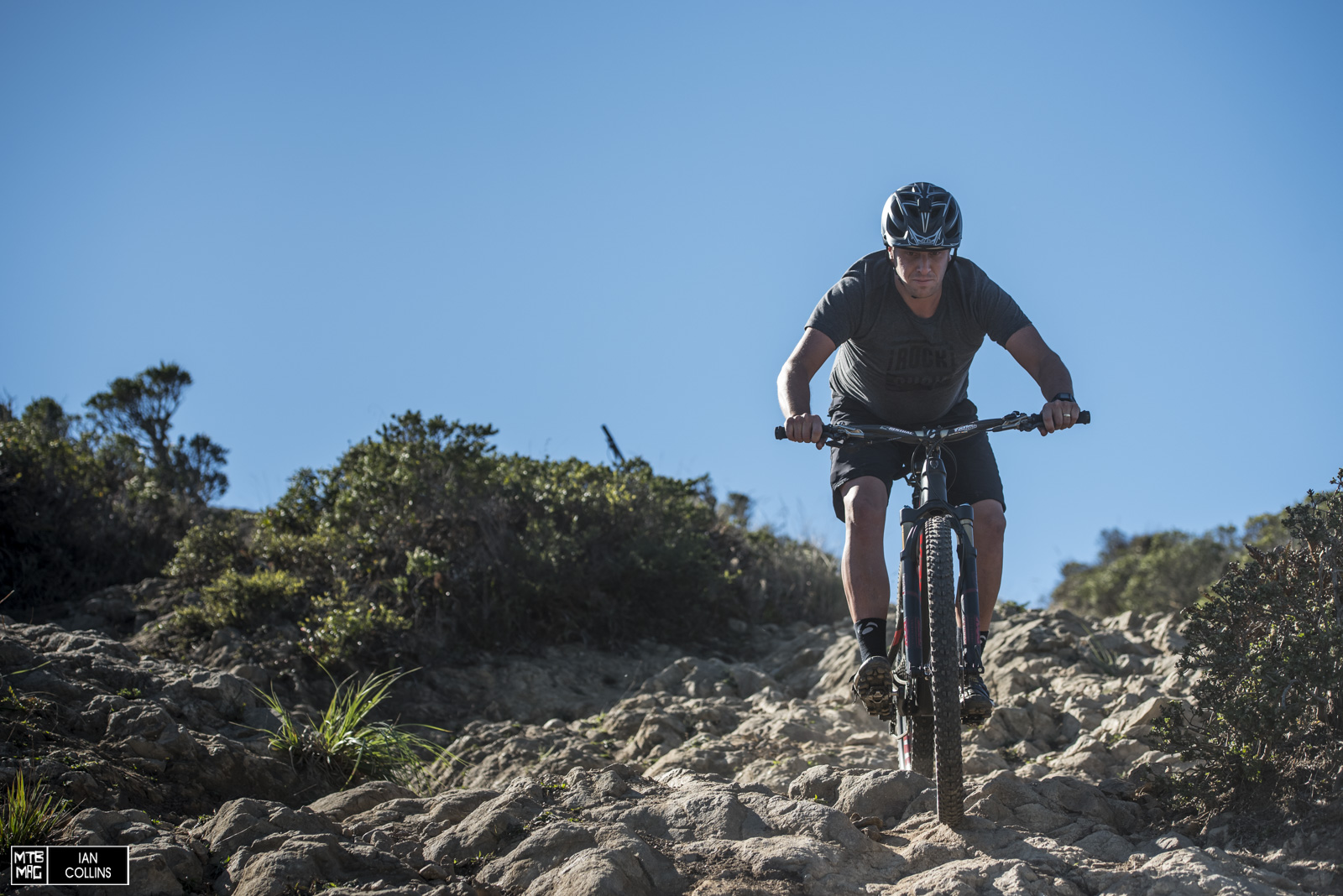
In terms of corners and generally handling, the Fuel EX was off the charts good. The smallest movements resulted in immediate responses and after just a couple of rides it felt like home. Cornering in particular was fantastic – the bike is freakishly stiff, but let’s not forget that a great deal of that comes from the front end. The FOX 34 and its broad stance set the tone and let you muscle the bike through the rowdiest sections with ease while not being overly stiff to the point that it deflects from obstacles. Out back, the carbon seatstays and chainstays were snappy but resilient and took the edge off nicely. We never hit our heels or tagged our derailleur in tighter sections. Boost and its additional width was basically an afterthought that vanished from our psyche after our first ride.
As far as braking, there isn’t much to say here. ABP is literally 100% neutral so as you could expect, the bike didn’t jack or squat under heavy braking and it remained light on its feet and supplied as much traction as kinematically possible. One minor complaint is that while all of the other components were fantastic, we found the Shimano XTR trails to be a bit inconsistent. Despite multiple bleeds, the back brake had a longer than acceptable throw to it and could cause us to be a bit panicky at times. We have found this on other bikes spec’d with the same brakes so we have to fault Shimano for this, not Trek.
FOX has flat out made massive strides with its 2016 products. Although it took us a bit longer to set up the 34, once we found the sweet spot we were elated. It was supple, yet it didn’t dive under heavy braking. It provided plenty of support in the mid stroke and just enough bottoming resistance at the end of the stroke. Chassis stiffness was second to none. Out back, as previously discussed, the Re:Aktiv handled everything we threw at it brilliantly. The EVOL air can is largely to thank for the supple, sensitive nature but the internal workings are what make it so well balanced in terms of climbing and descending prowess. Our only minor quip is that setting sag is a bit of a pain. Any time you’re trying to get accurate sag percentages on shocks with under 2″ of shock stroke things get a bit tricky if you don’t have indicators on the shock.
Overall
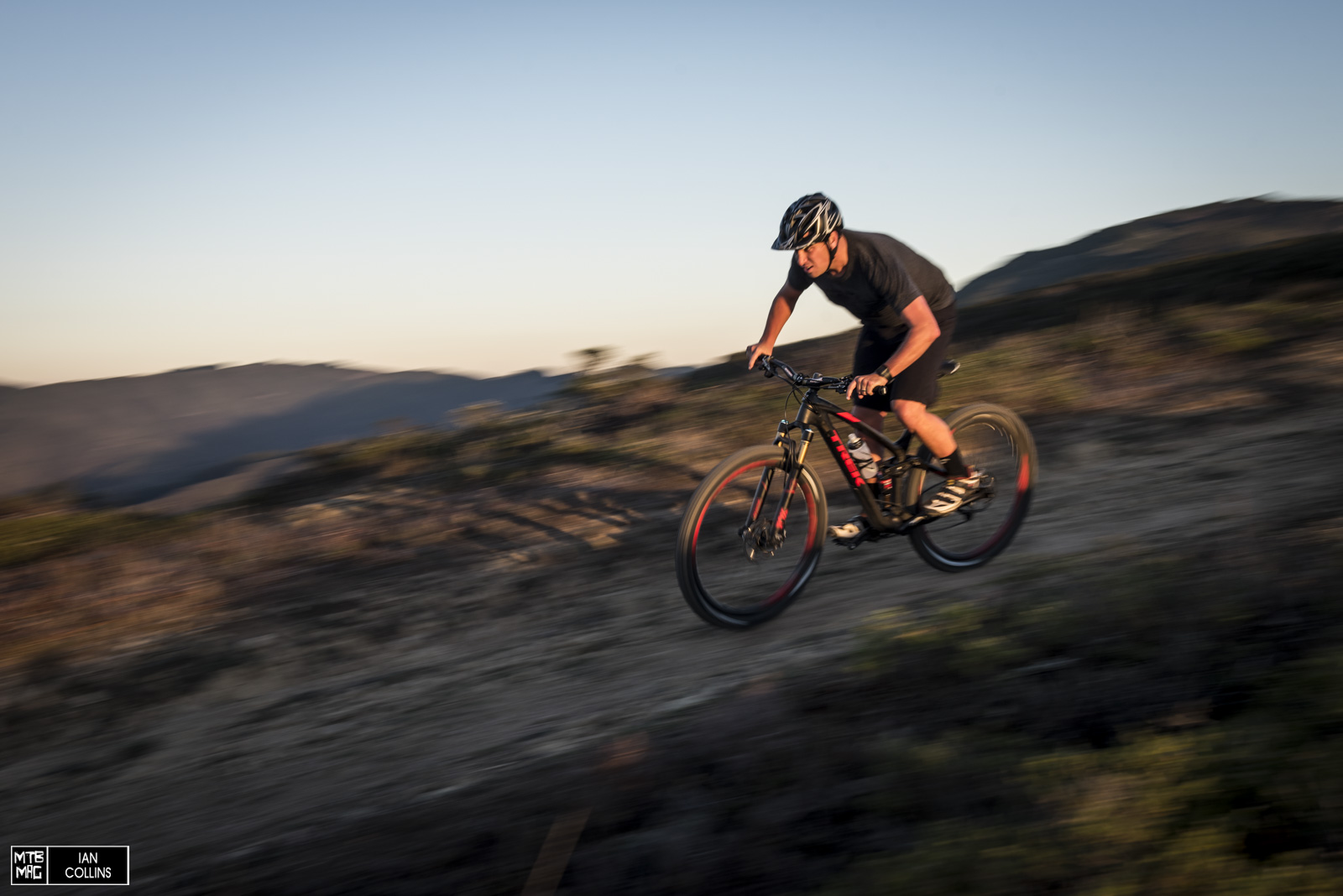
So where does this bike stand? Certainly at the top of our list. Keep in mind that the list of bikes that cost more than $8,000 and are made by large, reputable companies who push the limits of technology and design are pretty small. Regardless, Trek makes 5 different models of the Fuel EX as well as custom options. Despite the fact that the sum of the parts make this bike so good, it’s the heart of it that really won us over and that’s the frame. Trek also sells the Fuel EX as a frame only and the part that counts (the geometry) remains the same all the way down to the sub $2000 model. Any smart consumer can extrapolate information from this review and make a good decision about which Fuel EX fits into their quiver or if it’s a quiver killer altogether or not.
We believe that if you’re smart with your build and don’t mind swapping a couple parts here and there on weekends, you could use the Fuel EX 9.9 to cover a 3 bike spectrum: race, trail and even all mountain at times. However, that does depend on what kind of terrain you typically ride. We realize those are big words, but don’t take our word for it, get to a Trek dealer and try one for yourself. You won’t be disappointed.
www.trekbikes.com
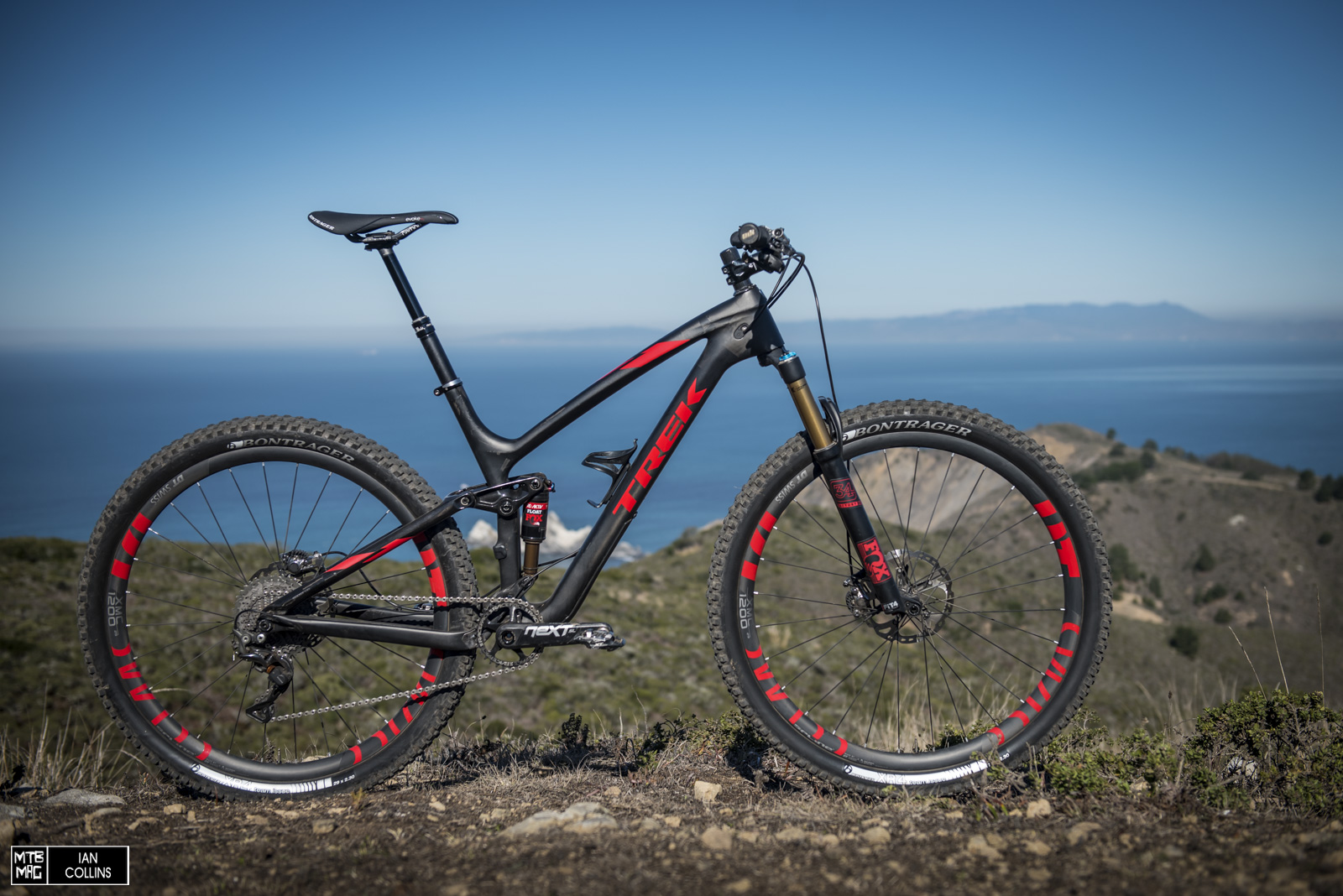
[ad12]

